Optimal Seasons for Lattice Fence Installation
Lattice fence installations can be effectively completed during various times of the year, but certain seasons offer optimal conditions. Understanding the best timing can ensure durability, proper installation, and longevity of the fence.
Spring offers moderate temperatures and longer daylight hours, making it ideal for installing lattice fences. Mild weather reduces the risk of material warping or cracking.
Summer provides ample sunlight and warm conditions, which can facilitate quicker installation. However, high temperatures may require precautions against heat-related issues.
Fall's cooler temperatures and lower humidity levels help in setting posts securely. Installing in autumn can also prepare the fence before winter.
Winter installation is generally not recommended due to cold temperatures, snow, and frozen ground, which can hinder proper setting of posts and materials.
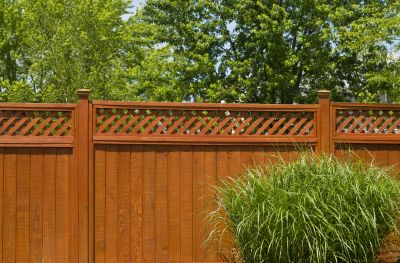
Ways to make Lattice Fence Installations work in tight or awkward layouts.

Popular materials for Lattice Fence Installations and why they hold up over time.

Simple add-ons that improve Lattice Fence Installations without blowing the budget.
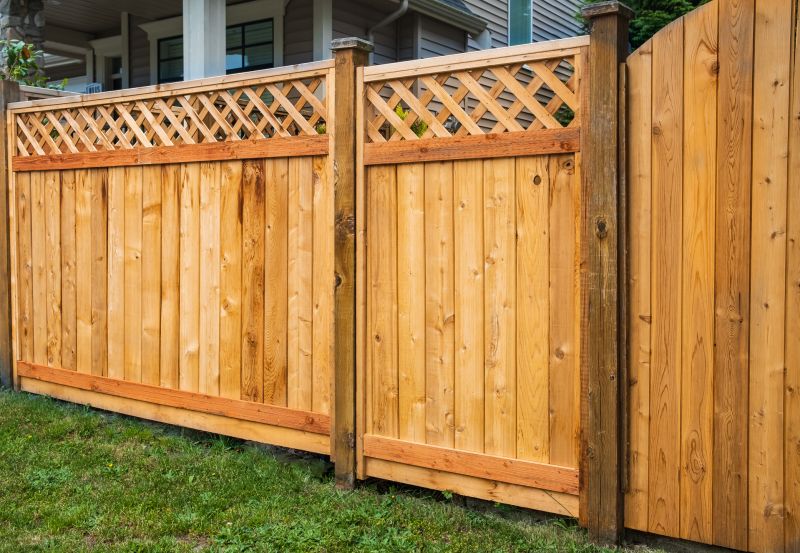
High-end options that actually feel worth it for Lattice Fence Installations.
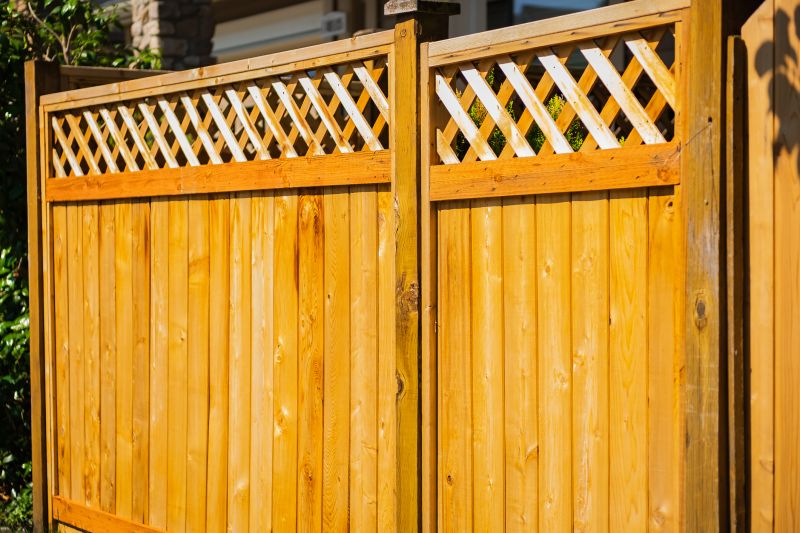
Finishes and colors that play nicely with Lattice Fence Installations.
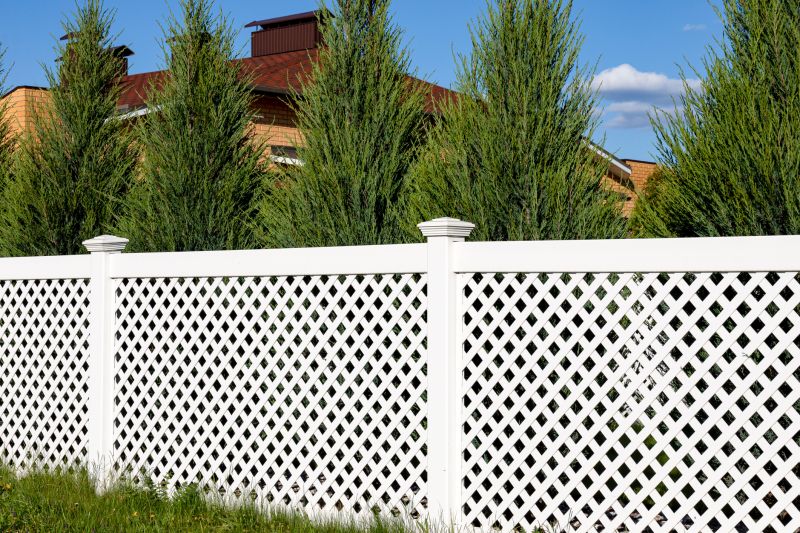
Little measurements that prevent headaches on Lattice Fence Installations day.
Lattice fences are a popular choice for privacy, decoration, and support for climbing plants. They are typically constructed from wood, vinyl, or composite materials, each requiring specific installation considerations. Proper timing ensures that the materials are not exposed to extreme weather conditions, which can affect their lifespan and appearance.
Statistics indicate that the majority of lattice fence projects are scheduled during spring and early summer, accounting for over 60% of installations annually. This trend is driven by favorable weather conditions and the desire for outdoor enhancements during warmer months.

A 60-second routine that keeps Lattice Fence Installations looking new.
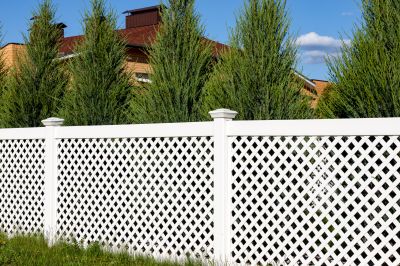
A frequent mistake in Lattice Fence Installations and how to dodge it.
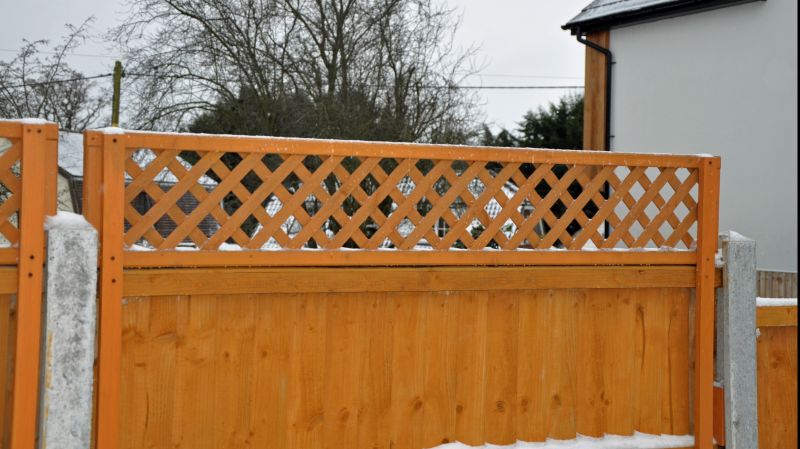
Small tweaks to make Lattice Fence Installations safer and easier to use.
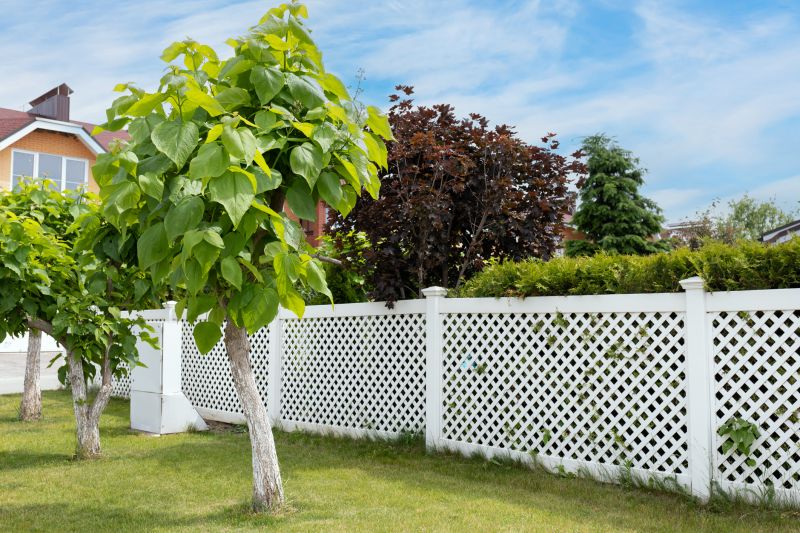
Lower-waste or water-saving choices for Lattice Fence Installations.

The short, realistic tool list for quality Lattice Fence Installations.
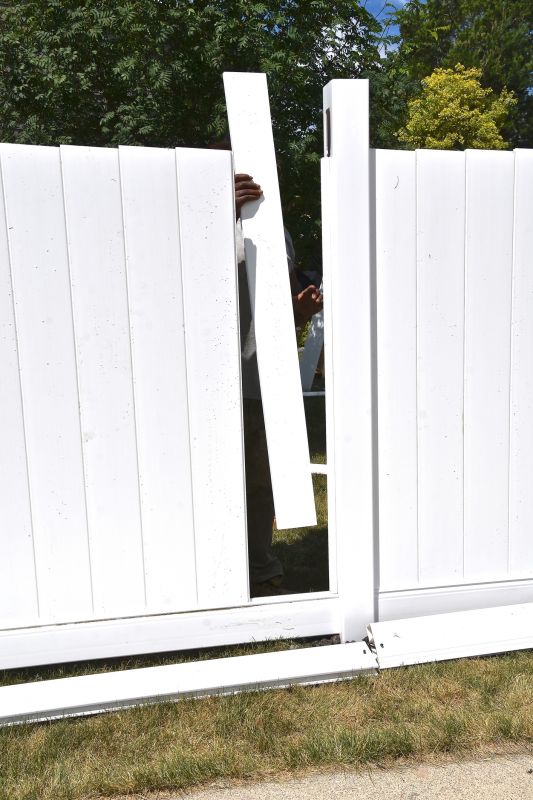
Rough timing from prep to clean-up for Lattice Fence Installations.

Quick checks and paperwork to keep after Lattice Fence Installations.
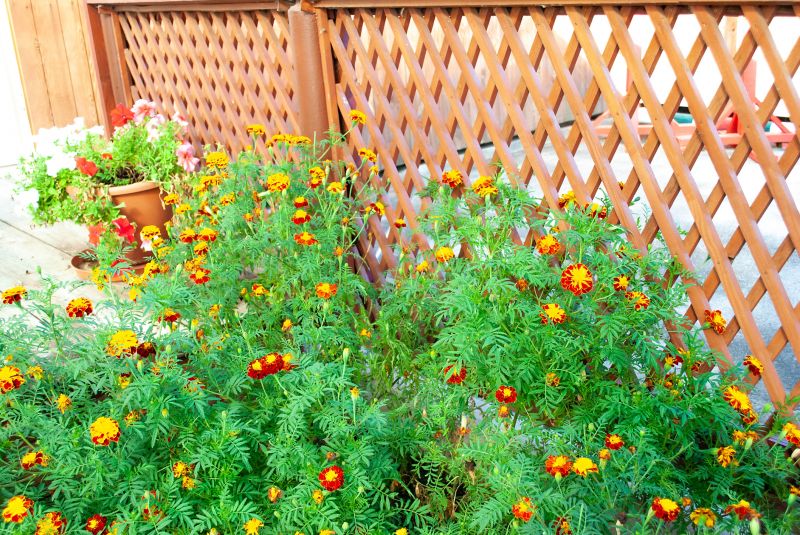
Examples that show the impact a good Lattice Fence Installations can make.

Ways to make Lattice Fence Installations work in tight or awkward layouts.
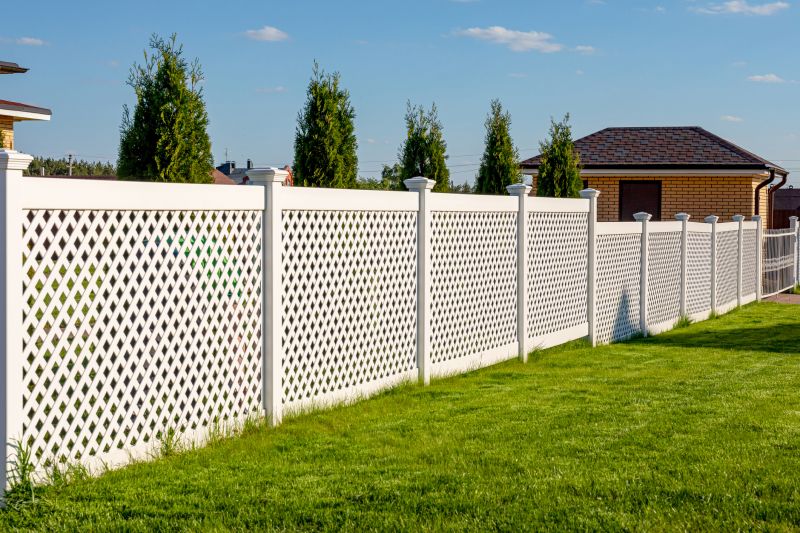
Ways to make Lattice Fence Installations work in tight or awkward layouts.
| Season | Optimal Conditions |
|---|---|
| Spring | Mild temperatures, longer days, moderate humidity |
| Summer | Warm weather, longer daylight hours, increased activity |
| Fall | Cooler temperatures, lower humidity, ideal for setting posts |
| Winter | Cold temperatures, snow, frozen ground, generally unsuitable |
Choosing the right time for lattice fence installation depends on local climate conditions and project goals. Planning installations during favorable weather can reduce delays and ensure the fence's structural integrity and aesthetic appeal.
Interested parties are encouraged to contact for further details on scheduling and project planning to ensure optimal results for lattice fence installations.
